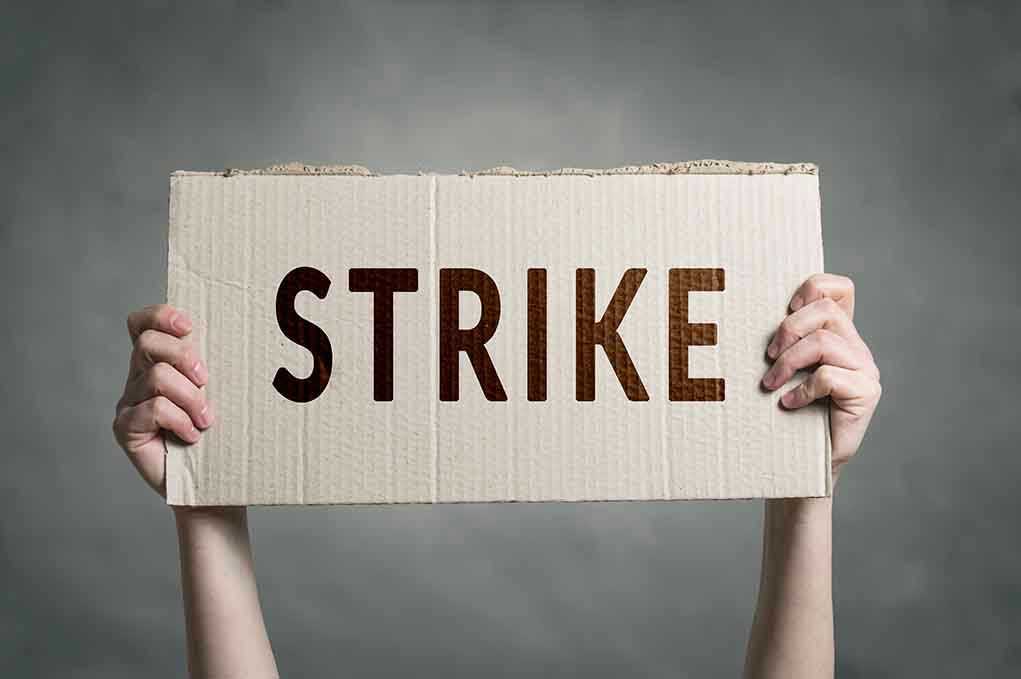
An unprecedented surge in e-bike usage has overwhelmed London streets as a major Tube strike halts underground services, sparking chaos and economic turmoil.
Story Highlights
- Massive Tube strike forces Londoners to turn to e-bikes, causing widespread congestion.
- Economic losses from the strike and transportation chaos estimated at £230 million.
- Increased e-bike usage highlights the vulnerability and adaptation of urban mobility systems.
Tube Strike Catalyzes E-Bike Surge
As London Underground staff began a major strike on September 8, 2025, commuters were left scrambling for alternatives. With most Tube services shut down by September 9, the city saw a dramatic rise in e-bike usage. Companies like Lime and Forest reported record demand, with Lime seeing a 58% increase and Forest experiencing a 100% increase in their services. This shift underscores the growing reliance on micro-mobility as a backup for traditional public transport.
The strike continued through September 12, causing severe urban disruption and economic losses estimated at £230 million. The city’s roads became congested with e-bikes, creating chaotic scenes reminiscent of a “kamikaze race.” This situation reflects the impact of industrial action on urban transport systems and highlights the potential of micro-mobility to alter commuting habits permanently.
Stakeholders and Responses
The primary entities involved in this upheaval include the RMT Union, Transport for London (TfL), bike-sharing companies, and the commuters themselves. RMT is pushing for reduced working hours and better pay, while TfL seeks to manage budget constraints amid service disruptions. In response, bike-sharing firms have expanded their operations to meet the sudden surge in demand, though logistical challenges remain significant.
London’s Mayor, Sadiq Khan, and Prime Minister Keir Starmer’s government are under pressure to mediate the conflict. The political implications are considerable, with calls for policy changes to enhance transport resilience and micro-mobility infrastructure. Some commuters have already begun adopting new permanent routes, indicating a potential long-term shift in transport preferences.
Impacts and Future Implications
The immediate effects of the strike include increased journey times and overcrowding on alternative transport modes. Safety concerns have also arisen due to the congestion of e-bikes on city streets. Looking forward, the strike might lead to a permanent modal shift among commuters. This could reduce the bargaining power of unions if alternative commuting options continue to mitigate the impact of industrial actions.
The strike highlights broader issues within the public transport sector, specifically its resilience against such disruptions. As micro-mobility solutions like e-bikes gain traction, the sector faces questions about its future role and management strategies. The event serves as a case study in how modern cities can adapt to industrial actions through technological adoption and infrastructure flexibility.
Sources:
“`











